Myxomatous Mitral Valve Disease
Myxomatous mitral valve disease. This is the condition where the valve between the hearts left ventricle and the left atrium is damaged. Myxomatous mitral valve disease MMVD. Treatment of dogs with compensated myxomatous mitral valve disease with spironolactone-a pilot study.
2 However the echocardiographic assessment of. Its exact cause is unknown but it is more common in small breed dogs suggesting some genetic predisposition. The etiology of the myxomatous process is still unknown.
37 The valve abnormalities and especially the chordal elongation produce prolapse of the leaflets recognized echocardiographically that in some. Since the valve regulates the blood flow during the pumping action the damage can cause blood rush or backflow. 2 articles PMID.
As the diseased mitral valve degenerates myxomatous transformation -- the development of excess connective tissue that thickens the spongiosa and separates collagen bundles in the fibrosa -- causes the valve to lose its flexibility its leaflets thickening and shortening its fibers stiffening and its chordae tendineae elongating. The EPIC Study-A Randomized Clinical Trial Administration of pimobendan to dogs with MMVD and echocardiographic and radiographic evidence of cardiomegaly results in prolongation of preclinical period and is safe and well tolerated. As are most canine diseases with genetic underpinnings risk of MMVD is greatly increased in a subset of breeds.
Myxomatous degeneration on the mitral valve is one of the most common causes of Mitral Valve Prolapse. Occasionally mitral valve prolapse may lead to valve leakage chest pain pulse irregularity BACTERIAL ENDOCARDITIS and rarely HEART FAILURE. It causes a characteristic heart murmur but is usually of no consequence.
Myxomatous mitral valve disease MMVD is the most commonly diagnosed cardiovascular disease in the dog accounting for more than 70 of all cardiovascular disease in dogs. Mitral insufficiency because of myxomatous mitral valve disease MMVD is the most common acquired cardiac disease in dogs accounting for approximately 75 of cases of heart disease in dogs. It is rarely noted in cats.
1 This in turn can cause impaired leaflet coaptation chordal elongation or rupture and annular. Myxomatous mitral valve disease MMVD is the most common acquired cardiovascular disease in dogs and accounts for approximately 75 of cases of chronic heart failure 6789.
Effect of Pimobendan in Dogs with Preclinical Myxomatous Mitral Valve Disease and Cardiomegaly.
This is the condition where the valve between the hearts left ventricle and the left atrium is damaged. Treatment of dogs with compensated myxomatous mitral valve disease with spironolactone-a pilot study. 37 The valve abnormalities and especially the chordal elongation produce prolapse of the leaflets recognized echocardiographically that in some. With every heartbeat the abnormal valve allows blood to leak backward or regurgitate into the left atrium. 2 However the echocardiographic assessment of. Myxomatous mitral valve disease MMVD. As the diseased mitral valve degenerates myxomatous transformation -- the development of excess connective tissue that thickens the spongiosa and separates collagen bundles in the fibrosa -- causes the valve to lose its flexibility its leaflets thickening and shortening its fibers stiffening and its chordae tendineae elongating. A condition of the mitral valve known as the floppy valve syndrome and present in about one person in twenty. It is rarely noted in cats.
Since the valve regulates the blood flow during the pumping action the damage can cause blood rush or backflow. The etiology of the myxomatous process is still unknown. Hezzell MJ Boswood A López-Alvarez J Lötter N Elliott J. According to the 2019 American College of Veterinary Internal Medicine ACVIM consensus guidelines for the diagnosis and. Since the valve regulates the blood flow during the pumping action the damage can cause blood rush or backflow. With every heartbeat the abnormal valve allows blood to leak backward or regurgitate into the left atrium. As are most canine diseases with genetic underpinnings risk of MMVD is greatly increased in a subset of breeds.
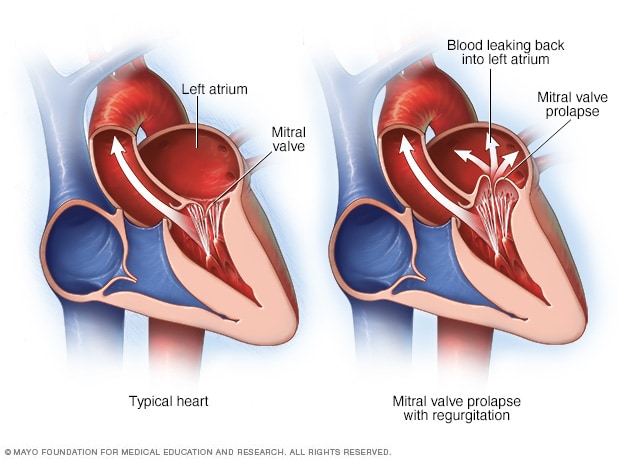




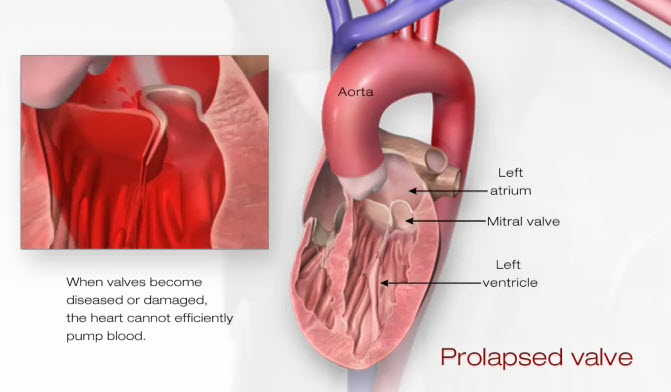

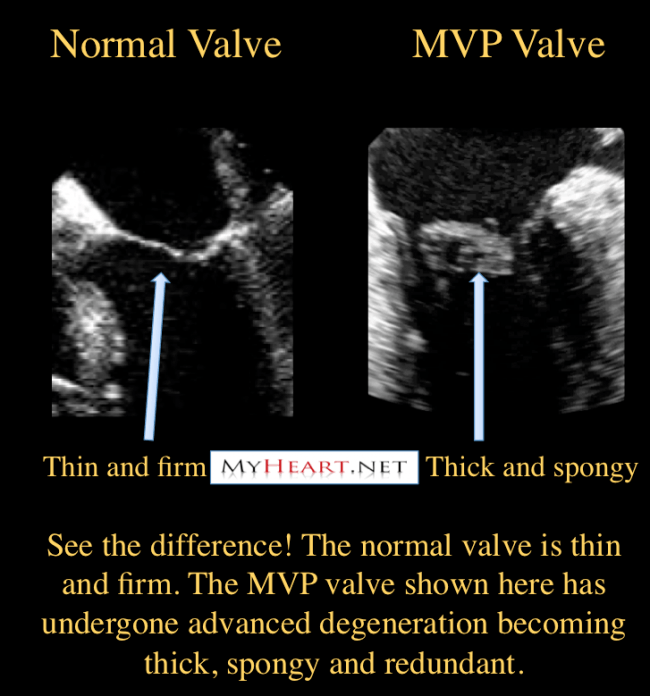
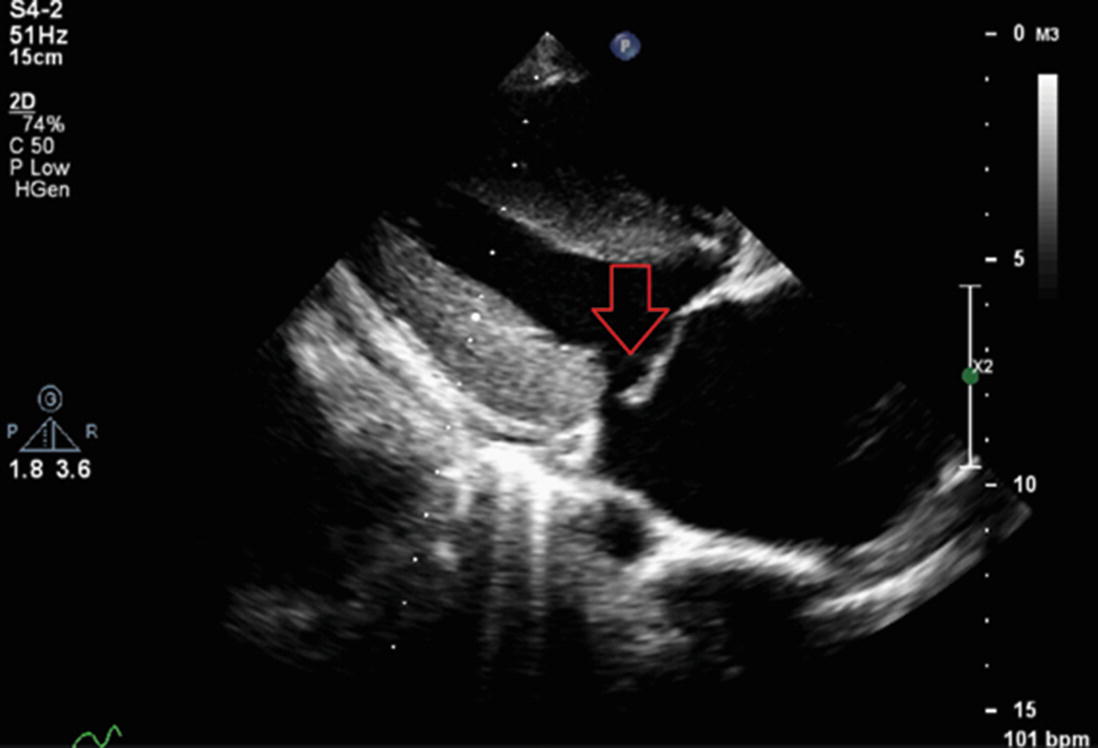





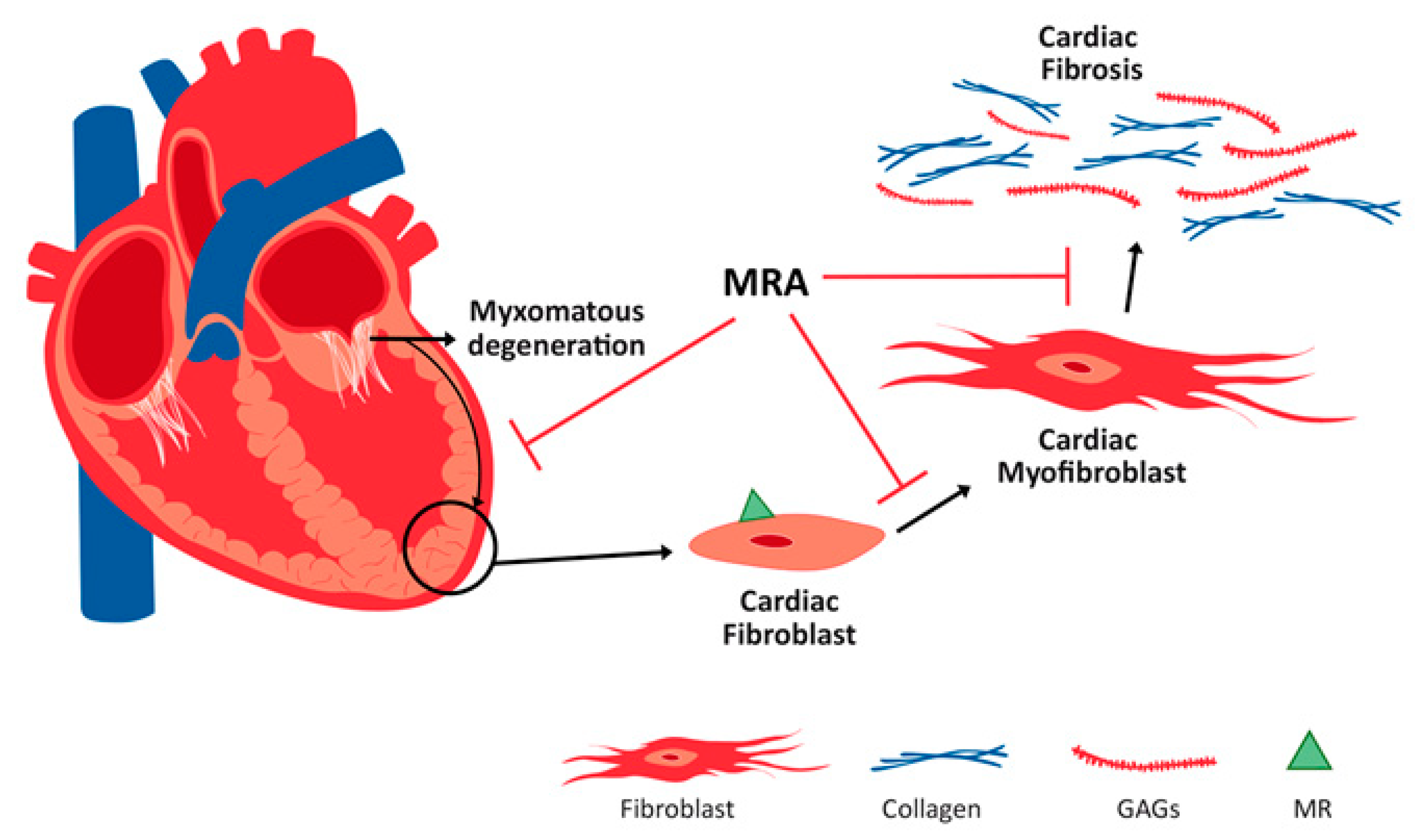

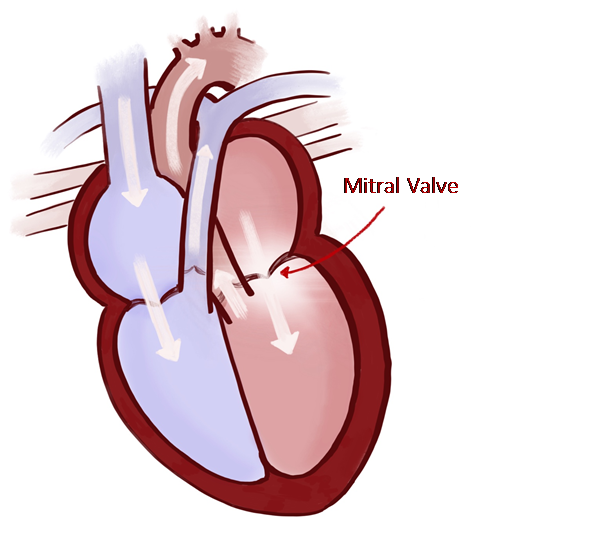


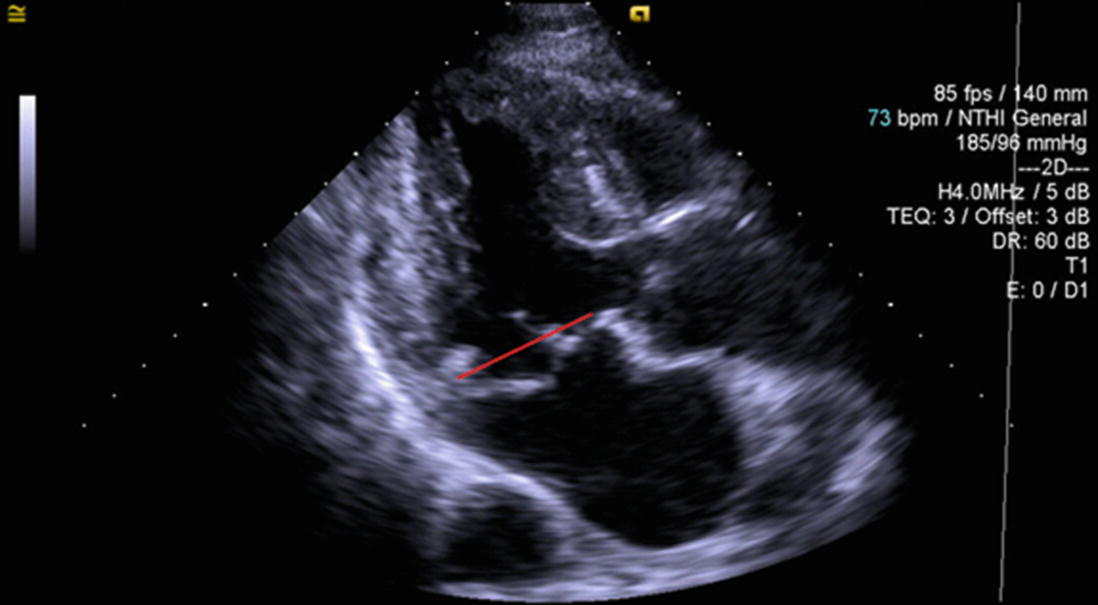



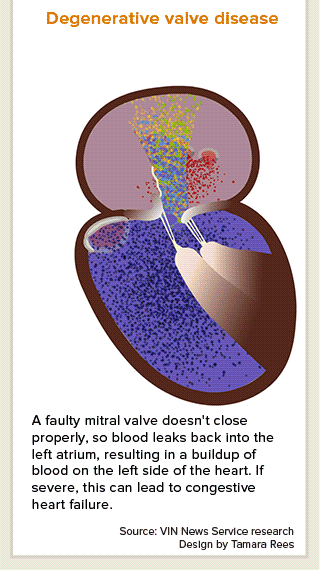






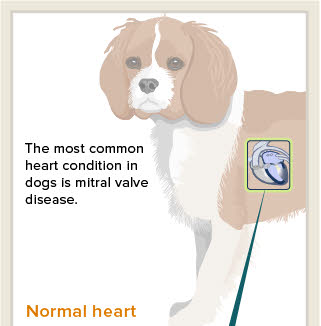

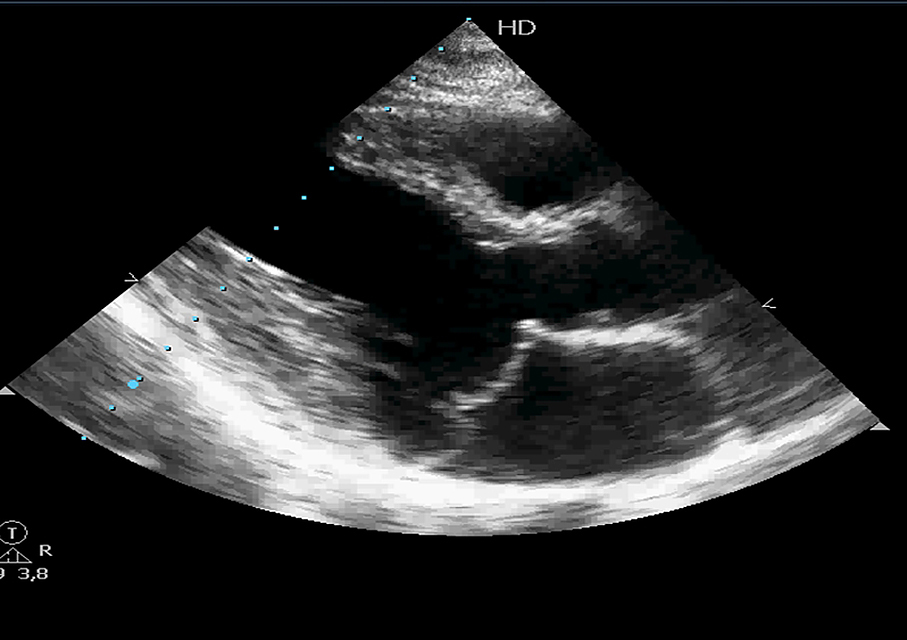

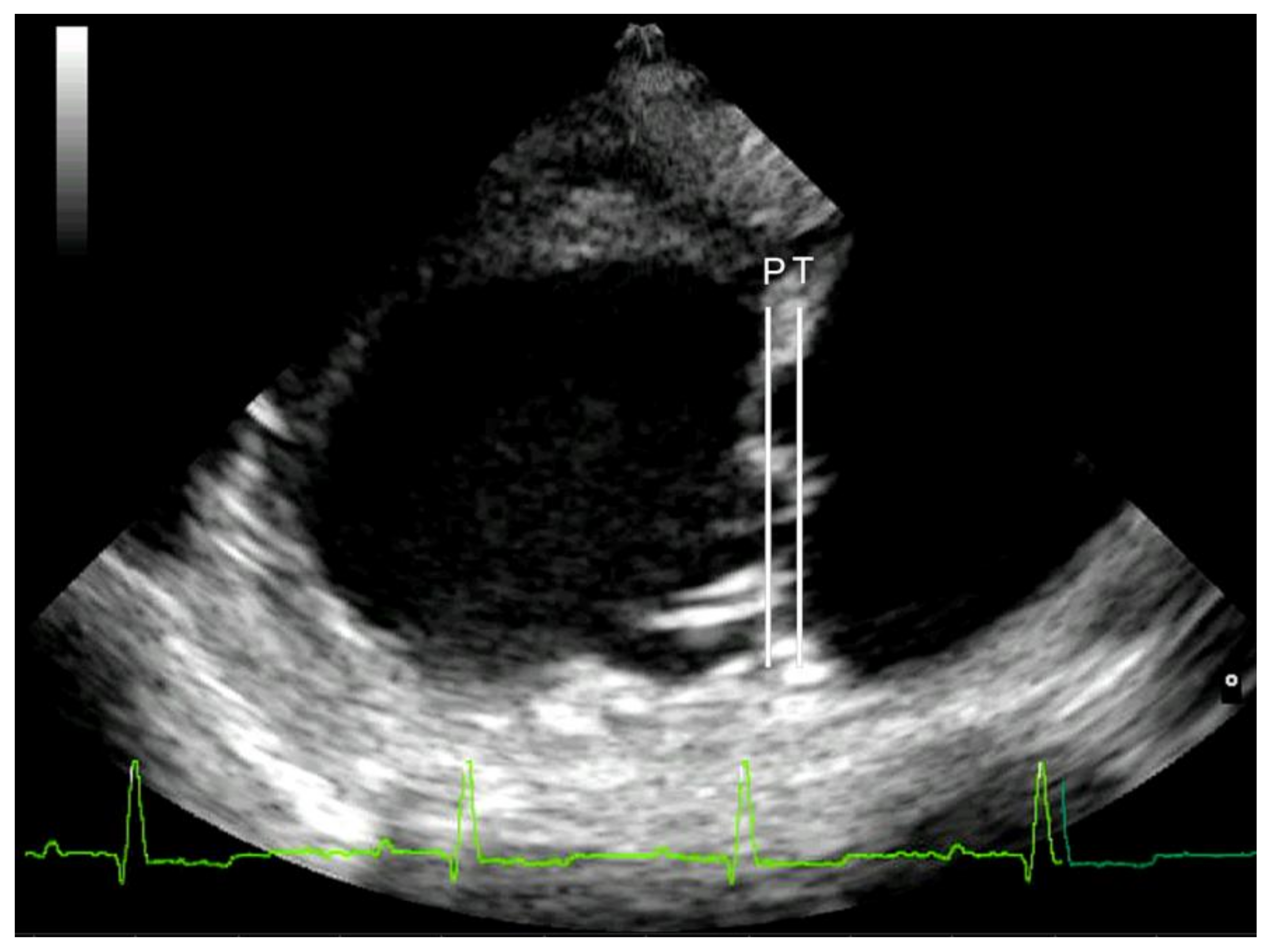

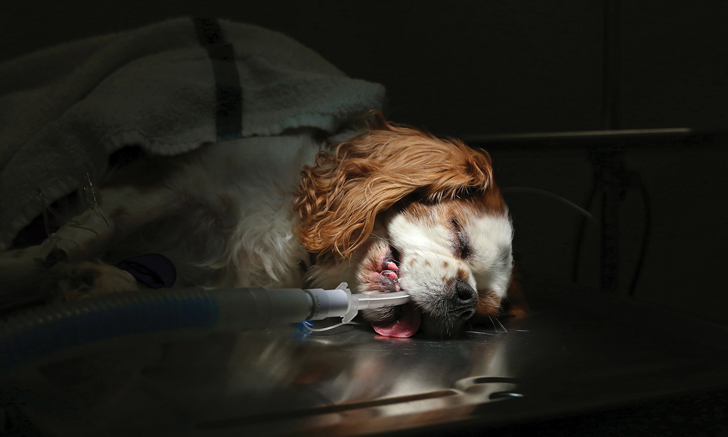




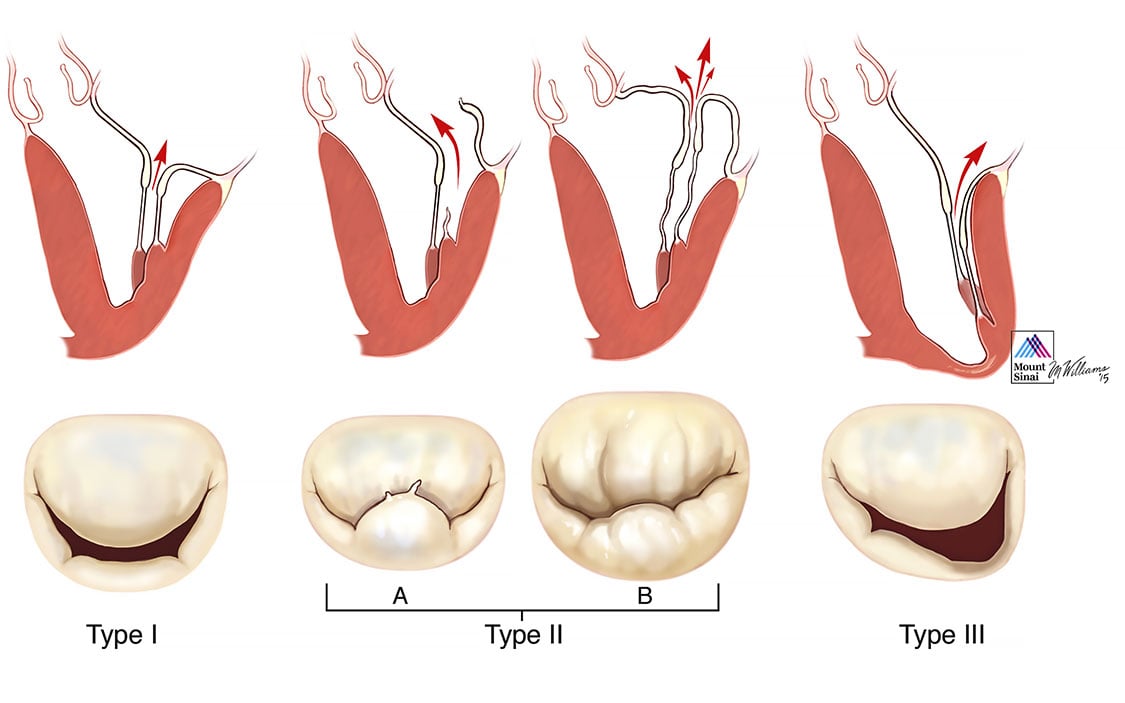

Post a Comment for "Myxomatous Mitral Valve Disease"